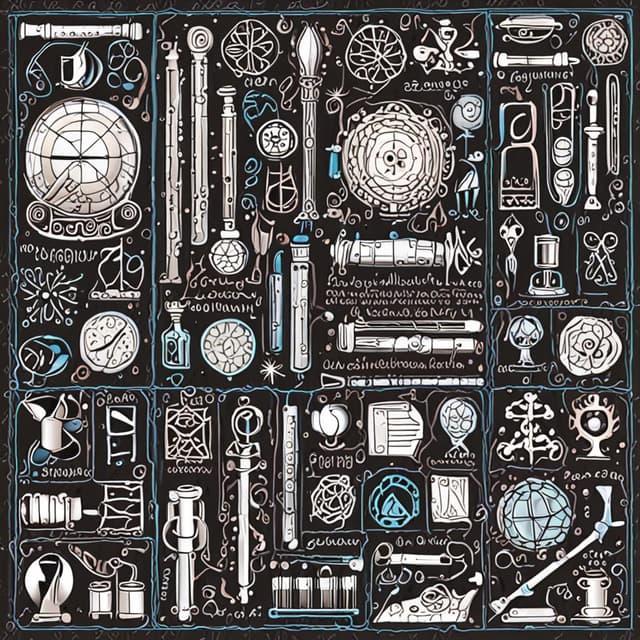
| Title | Physics in an Alternate Timeline |
| Summary | An overview of the major advancements and figures in the field of physics in an alternate reality where Isaac Newton never lived. |
| Timeframe | From the 17th century to the present day |
| Key Figures | René Descartes • Gottfried Wilhelm Leibniz • Johannes Kepler • Galileo Galilei • Christiaan Huygens • Robert Hooke • Édouard Branly • Marie Curie • Albert Einstein |
| Major Developments | Foundations of classical mechanics • Optics and the nature of light • Electromagnetism and the concept of fields • Thermodynamics and the properties of heat • Theories of relativity • Quantum mechanics |
| Divergences from Our Timeline | Different mathematical approaches to foundational physics • Emphasis on empiricism over deductive reasoning • Greater influence of practical applications and technology • Revised models of celestial mechanics and gravitation • Distinct philosophical perspectives on the nature of the universe |
The field of physics has developed along markedly different trajectories in this alternate timeline, advancing through the pioneering work of a diverse array of thinkers rather than the singular figure of Isaac Newton. While many of the core theories and principles may bear some resemblance to our own scientific understanding, the routes by which they were established diverged substantially.
In the 17th and 18th centuries, the foundations of modern physics were laid by a range of innovative scholars, each making crucial contributions that built upon earlier discoveries in mathematics, astronomy, and natural philosophy.
Prominent figures from this period include Gottfried Leibniz, whose pioneering work in calculus, mechanics, and thermodynamics laid important groundwork. Christiaan Huygens and Émilie du Châtelet also made seminal advances in the study of optics and the formalization of the laws of motion, while Robert Boyle and Antoine Lavoisier revolutionized our understanding of chemistry and the nature of matter.
The emergence of these foundational principles, combined with the rapid growth of empirical observation and experimentation, set the stage for the rapid expansion of physics in the centuries that followed. However, the absence of a unifying Newtonian framework meant that the field progressed along less linear, more multifaceted trajectories.
In the 19th century, physics witnessed a veritable explosion of new discoveries and theories, as successive generations of scholars built upon the earlier conceptual scaffolding. Key developments included:
Throughout this period, physics remained a highly collaborative, interdisciplinary endeavor, with ideas and methodologies freely flowing between the various subdisciplines. The field's development was further accelerated by the rapid industrialization and technological advancements of the 19th century, which created new frontiers for scientific inquiry and practical application.
The 20th century saw physics undergo a transformative revolution, as the foundational theories of classical mechanics, electromagnetism, and thermodynamics gave way to groundbreaking new paradigms. Key milestones included:
Throughout this era of rapid progress, physics continued to evolve as a collaborative, interdisciplinary enterprise, with fruitful cross-pollination between theory, experiment, and applied technology. The field's development in this alternate timeline has been further shaped by distinct socioeconomic and geopolitical factors, leading to a landscape of scientific knowledge that, while recognizably similar in many ways, has followed a markedly divergent path from our own reality.
The rich tapestry of physics in this alternate universe stands as a testament to the ingenuity, creativity, and boundless curiosity of the human mind. From the earliest investigations of motion, energy, and the nature of matter to the most cutting-edge explorations of the cosmos and the subatomic realm, the field has continued to push the boundaries of our understanding.
As we look to the future, physics in this timeline remains poised to uncover new fundamental truths about the universe, unlock revolutionary technologies, and deepen our appreciation for the mysteries that lie at the heart of existence. The diverse intellectual traditions and pioneering spirits that have shaped its evolution will undoubtedly continue to inspire and guide the next generation of physicists and philosophers, charting an ever-evolving course of scientific discovery.